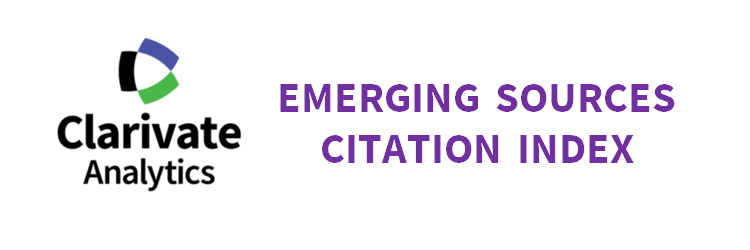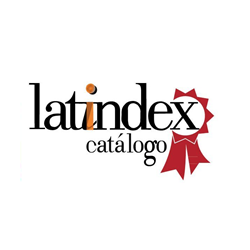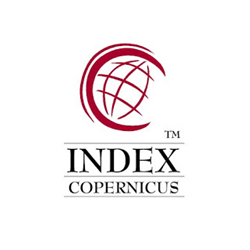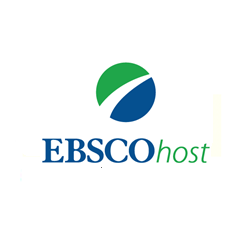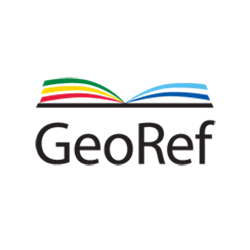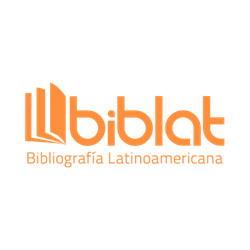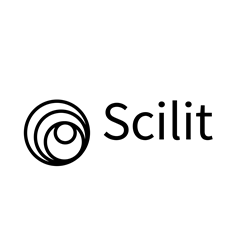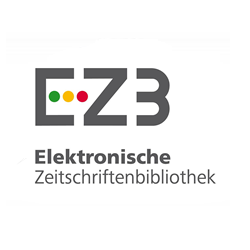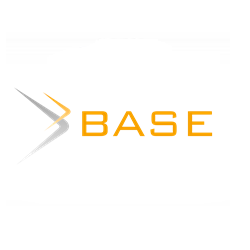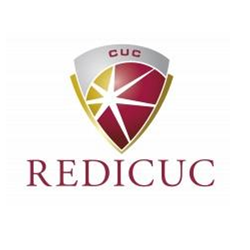Analysis of the impact of Analog-to-Digital Conversion in the Performance of Digitized RoF Systems
DOI:
https://doi.org/10.17981/ingecuc.15.1.2019.07Keywords:
Digitized RoF (DRoF), Dynamic Range, NG-PON2, CRAN, VCSELAbstract
Introduction: The impact of the digitalization process on the performance of a scenario based on Radio-on-Fiber technology at intermediate frequency is numerically assessed.
Objective: Assess the impact of the process of digitalization, in the performance of scenario Radio-over-fiber digitized intermediate frequency (IF-DRoF).
Methodology: The performance of an IF-DRoF system against the error is evaluated as a function of the link distance and the number of resolution bits of the Analog-to-Digital Converter (ADC), and the results are compared with the analog Radio-over-Fiber (ARoF) architecture. The DRoF scenario introduces an ADC at the transmitter to digitize the signals, and a Digital-to-Analog converter (DAC) at the receiver to reconstruct them. The optical transmitter uses a low cost Directly Modulated Vertical Cavity Emitting Laser (DM-VCSEL).
Results: IF-DRoF scenario extends the transmission distance by 18 km (from 25 up to 48 km), and 22 km (from 25 up to 47 km) using an ADC with 4 and 8 bit of resolution, respectively, when compared to ARoF. Also, for a bit error rate (BER) equal to 10-9, the IF-DRoF system increases the range by 7 km, and the bit rate scales as the product number of resolution bits of the ADC × sampling rate (8× 1.25 Gb/s = 10 Gb/s). The sensitivity level measured at the receiver for a maximum range of 42 km was -21 dBm for a BER of 10-5@ 4 bits of resolution.
Conclusions− IF-DRoF system is a flexible and low-cost solution that extends the transmission distance and scales with bitrate as n bits × sampling rate comparing with analog RoF. It is shown that the dynamic range is independent of the transmission distance except when the signal level falls below the sensitivity of the optical link photodetector.
Downloads
References
C. Browning, A. Farhang, A. Saljoghei, N. Marchetti, V. Vujicic, L. E. Doyle and L. P. Barry, “5G wireless and wired convergence in a passive optical network using UF-OFDM and GFDM”, IEEE International Conference on Communications Workshops (ICC Workshops), Paris, France, May. 21—25, 2017. pp. 386—392. https://doi.org/10.1109/ICCW.2017.7962688
D. H. Hailu, B. G. Grevehaweria, S. H. Kebede, G. G. Lema and G. T. Tesfamariam, “Mobile fronthaul transport options in C-RAN and emerging research directions: A comprehensive study”, Optical Switching and Networking, vol. 30, pp. 40—52, Nov. 2018. https://doi.org/10.1016/j.osn.2018.06.003
A. Checko, H. L. Christiansen, Y. Yan, L. Scolari, G. Kardaras, M. S. Berger and L. Dittmann, “Cloud RAN for mobile networks – a technology overview”, IEEE Surveys and Tutorials journal, vol. 17, no. 1, pp. 405–426, Sept. 2014. https://doi.org/10.1109/COMST.2014.2355255
J. Wu, S. Rangan and H. Zhang. Green Communications: Theoretical Fundamentals, Algorithms and Applications, 1st Ed., Boca Raton, Florida, USA: CRC Press, 2016.
M. L. Farwell, W. S. Chang and D. R. Huber, “Increased linear dynamic range by low biasing the Mach-Zehnder modulator”, IEEE Photonics Technology Letters, vol. 5, no. 7, pp. 779—782, Jul. 1993. https://doi.org/10.1109/68.229804
P. A. Gamage, A. Nirmalathas, C. Lim, D. Novak and R. Waterhouse, “Design and Analysis of Digitized RF-Over-Fiber Links”, Journal of Lightwave Technology, vol. 27, no. 12, pp. 2052—2061, June 15, 2009. https://doi.org/10.1109/JLT.2008.2006689
R. S. Oliveira, C. R. Francês, J. C. Costa, D. F. Viana, M. Lina and A. Teixeira, “Analysis of the cost-effective digital radio over fiber system in the NG-PON2 context”, In: 16th International Telecommunications Network Strategy and Planning Symposium, Funchal, Portugal, Sept. 17—19, 2014, https://doi.org/10.1109/NETWKS.2014.6959262
V. A. Thomas, M. El-Hajjar and L. Hanzo, “Performance Improvement and Cost Reduction Techniques for Radio Over Fiber Communications”, IEEE Communications Surveys & Tutorials, vol. 17, no. 2, pp. 627—670, Jan. 2015. https://doi.org/10.1109/COMST.2015.2394911
P. P. Monteiro, D. Viana, J. da Silva, D. Riscado, M. Drummond, A. Oliveira, N. Silva and P. Jesus, “Mobile fronthaul RoF transceivers for C-RAN applications”, in 17th International Conference on Transparent Optical Networks (ICTON), Budapest, Hungary, Jul. 5—9, 2015. https://doi.org/10.1109/ICTON.2015.7193452
G. S. D. Gordon, M. J. Crisp, R. V. Penty and I. H. White, “High-Order Distortion in Directly Modulated Semiconductor Lasers in High-Loss Analog Optical Links with Large RF Dynamic Range”, Journal of Lightwave Technology, vol. 29, no. 23, pp. 3577—3586, Dec. 2011. https://doi.org/10.1109/JLT.2011.2172773
R. Michalzik and K. Ebeling, “Operating Principles of VCSELs”, in Vertical-Cavity Surface-Emitting Laser Devices, H. E. Li and K. Iga, Eds. Heidelberg, Berlin, Germany; Springer, 2003. pp. 53—98.
A. Nirmalathas, P. A. Gamage, C. Lim, D. Novak, R. Waterhouse and Y. Yang, “Digitized RF transmission over fiber,” IEEE Microwave Magazine, vol. 10, no. 4, pp. 75—81, Jun. 2009. https://doi.org/10.1109/MMM.2009.932284
J. H. Reed, Software Radio: A Modern Approach to Radio Engineering, PTR, USA: Prentice Hall, 2002. pp. 13—14.
A. Malacarne, F. Fresi, G. Meloni, T. Foggi and L. Potì, “Time–Frequency Packing Applied to Cost-Effective IM/DD Transmission Based on Directly Modulated VCSEL”, J. Lightwave Technol., vol. 35, no. 20, pp. 4384—4391, Oct. 2017. https://doi.org/10.1109/JLT.2017.2743529
M. Cvijetic and I. B. Djordjevic, Advanced optical communication systems and networks, 1st Edition, Norwood MA, USA: Ed. Artech House, 2013.
J. A. Altabas, D. Izquierdo, J. A. Lazaro and I. Garcés, “Chirp-based direct phase modulation of VCSELs for cost-effective transceivers”, Opt. Lett., vol. 42, no. 1, pp. 583—586, Feb. 2017. https://doi.org/10.1364/OL.42.000583
Y. Yang, C. Lim and A. Nirmalathas, “Bit resolution enhanced digitized RF-over-fiber link”, 2010 IEEE International Topical Meeting on Microwave Photonics, Montreal, QC, 2010, pp. 177—180, Dec. 2010. https://doi.org/10.1109/MWP.2010.5664149
I. A. Alimi, A. L. Teixeira and P. P. Monteiro, “Toward an Efficient C-RAN Optical Fronthaul for the Future Networks: A Tutorial on Technologies, Requirements, Challenges, and Solutions”, IEEE Communications Surveys & Tutorials, vol. 20, no. 1, pp. 708—769, Nov. 2017. https://doi.org/10.1109/COMST.2017.2773462
J. S. Wey, D. Nesset, M. Valvo, K. Grobe, H. Roberts, Y. Luo and J. Smith, “Physical Layer Aspects of NG-PON2 Standards—Part 1: Optical Link Design”, J. Opt. Commun. Netw., vol. 8, no. 1, pp. 33—42, Jan. 2016. https://doi.org/10.1364/JOCN.8.000033
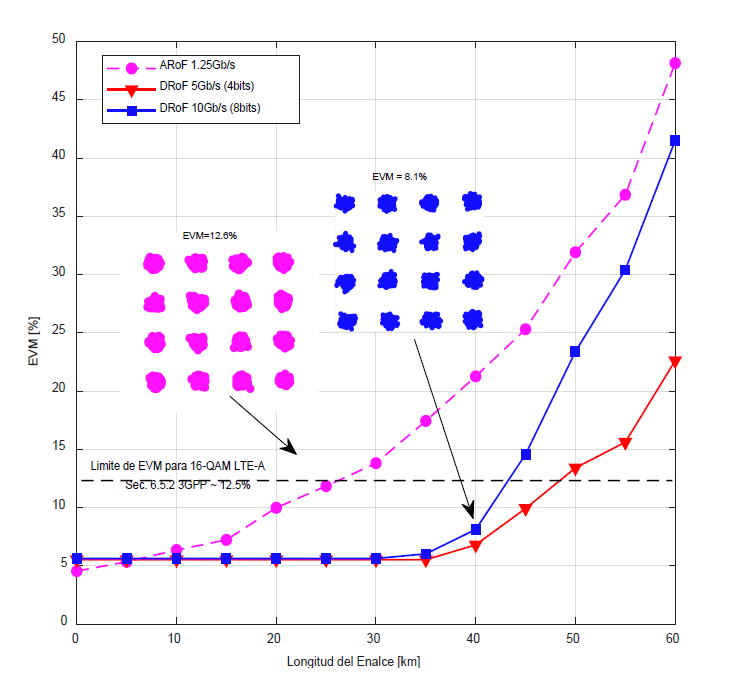
Published
How to Cite
Issue
Section
License
Copyright (c) 2019 INGE CUC

This work is licensed under a Creative Commons Attribution-NonCommercial-NoDerivatives 4.0 International License.
Published papers are the exclusive responsibility of their authors and do not necessary reflect the opinions of the editorial committee.
INGE CUC Journal respects the moral rights of its authors, whom must cede the editorial committee the patrimonial rights of the published material. In turn, the authors inform that the current work is unpublished and has not been previously published.
All articles are licensed under a Creative Commons Attribution-NonCommercial-NoDerivatives 4.0 International License.


 English
English
 Español (España)
Español (España)
